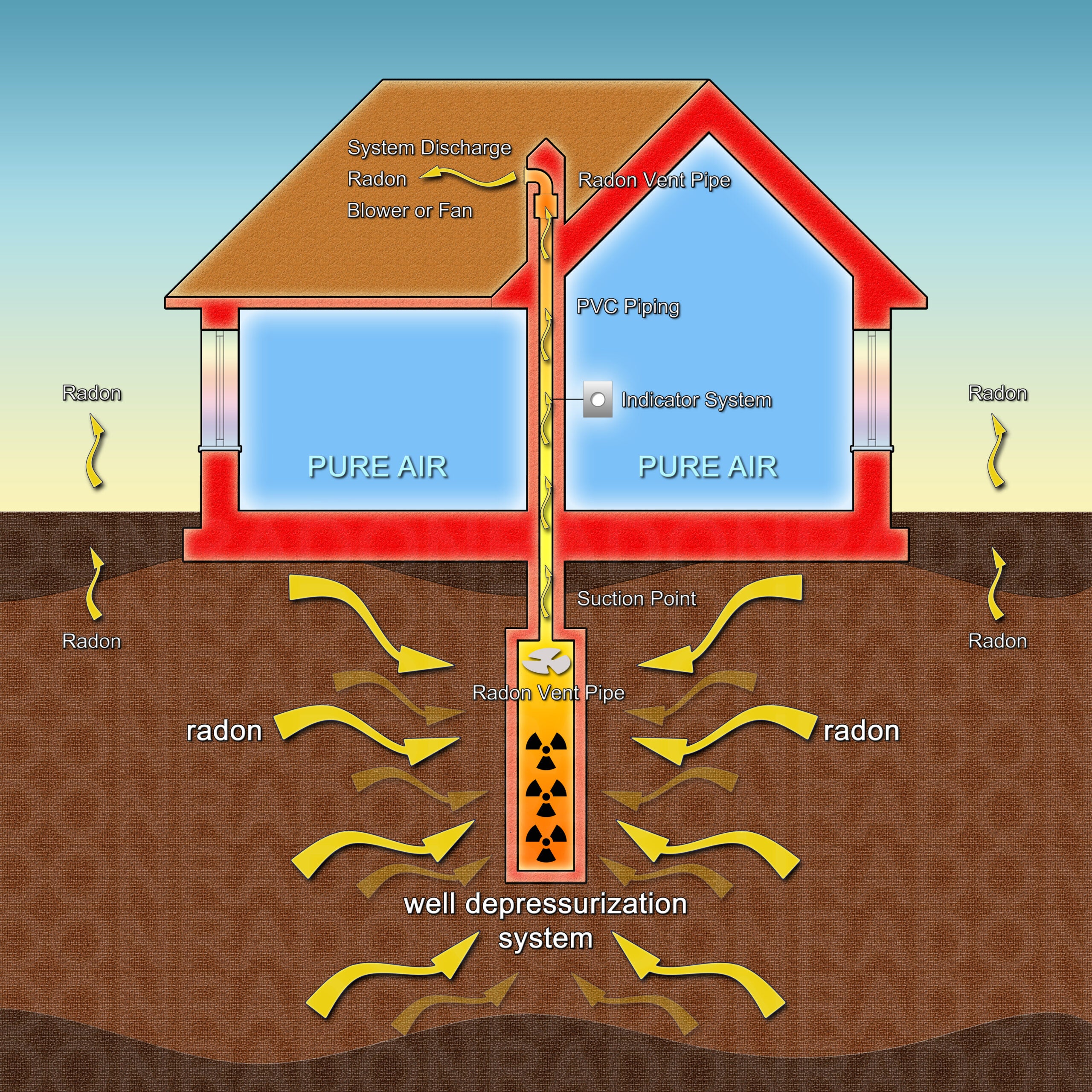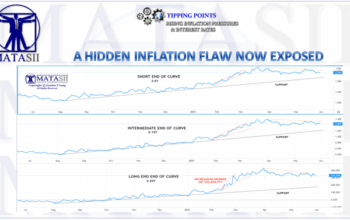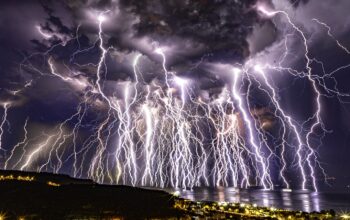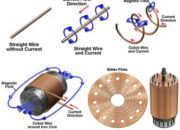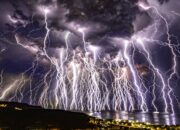Radon, a noble gas, is an intriguing subject of study, particularly in its potential role as a harbinger of seismic activity. Unseen and silent, radon atoms dance through the Earth’s crust, their movements often unnoticed until they coalesce into a narrative—a narrative that may hold the key to predicting earthquakes. Understanding this gas, its isotopes, and their relevance to earthquake prediction can unravel the tapestry of geological events that shape our planet.
The relationship between radon and earthquakes is enigmatic yet captivating, weaving a tale of molecular behavior in the context of geophysical phenomena. Radon (^222Rn), with a half-life of approximately 3.8 days, decays from uranium, which is abundantly present in the Earth’s crust. In regions with high concentrations of uranium, radon is produced and released into the environment, permeating soil and groundwater. The unique property of radon, being a gas, allows it to escape its terrestrial confines and into the atmosphere, creating detectable concentrations that can be measured at various locations.
Recent research has suggested that fluctuations in radon concentrations in the soil may correlate with seismic activity. The rationale lies within the earth itself, where tectonic stresses build up along fault lines. As these stresses increase, they alter the physical properties of surrounding rock formations, which in turn can change the pathways through which radon migrates. This concept, often referred to as “geochemical precursors to earthquakes,” propels radon into the limelight as a potential sentinel of impending seismic events.
Understanding the isotopic variations of radon presents another layer of complexity. Isotopes, which are variants of elements differing in neutron count, can offer insights into geological processes. The behavior of radon isotopes, particularly in relation to variations in atmospheric pressure, temperature, and hydrostatic pressure within aquifers, can reveal patterns that precede an earthquake. Notably, ^220Rn, another isotope of radon, with a shorter half-life, may provide a real-time glimpse into subterranean changes that could signal imminent tectonic shifts.
The intricate dance between geology and biology is another facet to consider. Radon not only travels through geological formations but also interacts with groundwater systems. Studies have shown that alterations in the chemical composition of groundwater—often influenced by seismic activity—correspond with fluctuations in radon levels. Consequently, monitoring these changes can serve as an early-warning system, particularly in areas with a well-documented history of seismic events.
Despite the tantalizing prospects radon offers, challenges abound. The vast and complex interplay of geological conditions, local hydrology, and atmospheric influences makes it difficult to isolate radon’s signals from background noise. Moreover, the inherent randomness of earthquake occurrences complicates the establishment of definitive correlational models. Scientists must navigate a labyrinth of data to discern whether a spike in radon concentration truly foreshadows an earthquake or merely reflects natural variances in geological activity.
Furthermore, the practical applications of radon monitoring present additional hurdles. While there are technology-based solutions capable of measuring radon levels with a reasonable degree of accuracy, extensive spatial coverage is often lacking. Predictive models generated from isolated data sets frequently fail to translate effectively across broader geographical contexts. To remediate these shortcomings, interdisciplinary approaches that integrate geochemistry, geology, and advanced computational modeling are vital.
Looking ahead, the nexus of radon isotopes and earthquake prediction could facilitate a paradigm shift in our understanding of geophysical processes. If harnessed correctly, radon monitoring could usher in a new era of proactive earthquake preparedness. By enhancing the accuracy of radon detection systems and sharing data openly among communities at risk, the scientific community could create a robust framework for understanding seismic hazards.
Moreover, public policy will play a crucial role in the implementation of radon monitoring initiatives. Awareness campaigns could educate homeowners in radon-prone areas about the potential hazards of radon accumulation and its connection to seismic activity. This knowledge could empower communities to take preventive measures, ensuring both public safety and property protection.
In conclusion, radon’s latent potential as a predictive tool for seismic events invites further exploration. As researchers continue to decipher the implications of radon isotopes and their relation to geology, it becomes evident that the universe might be imparting subtle cues through this unassuming noble gas. The metaphor of a forest whispering its secrets through the rustle of leaves is apt; within the dynamic and turbulent world of Earth’s crust, radon may indeed echo the signs of the earth’s disquietude. As we unlock these mysteries, we could potentially enhance our resilience against one of nature’s most formidable challenges—earthquakes. The journey to understanding these complex relationships may one day illuminate pathways to foresight, enabling us to mitigate the impacts of seismic events and safeguard communities worldwide.
